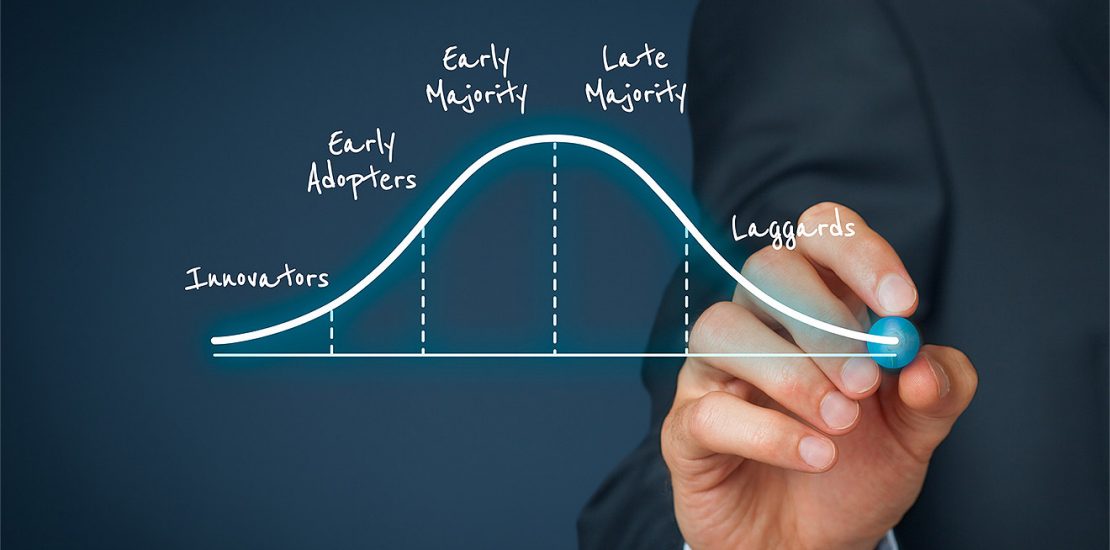Why Is Primary Research Important for Understanding a Market?
- October 4, 2020
- Posted by: admin
- Category: research

Broadly speaking, market research can be categorized into primary and secondary research.
- Primary market research solicits new information from sources directly — such as customers in a specific target market — through interviews or consumer surveys.
- Secondary market research includes previously published information that has been compiled by outside organizations such as government agencies, industry associations, and trade publications.
Both types of market research are valuable, but primary research is often veiled in a deeper sense of mystery. How is primary data collected? Why is it necessary to carry out primary market research, and what expertise is required?
A quick web search may not provide concrete answers for these questions. Many top-ranking articles on primary market research are vague, focus on broad definitions, and are not written by professional market researchers.
For a deeper dive into this subject, I turned to Jennifer Christ, a long-time analyst and manager at The Freedonia Group, a leading market research firm and division of MarketResearch.com. As part of her job, Jennifer trains analysts to gather and evaluate primary data — such as consumer surveys and phone interviews — for use in industry studies.
The Key Advantages of Primary Research
According to Jennifer, secondary research provides a solid foundation for understanding a market at a high level, but primary research can help fill in the gaps and offer a richer, more nuanced perspective. Primary data allows analysts to validate market size estimates and growth outlooks and gain targeted insights into specific industry developments or drivers.
“We really seek to evaluate a market from multiple angles, and primary research helps us better explore other viewpoints that might get less coverage in industry, business, or the general media,” Jennifer explains. “It also lets us ask questions and talk about trends and issues that might not be mentioned in other sources.”
In addition, primary research enables analysts to see beyond the hype and get a reality check on hot trends. “For instance, a supplier of an innovation or technology may think it’s going to be market changing, but checking in with potential end users, we might learn that they are satisfied with what they are using, the new tech doesn’t solve an existing problem, or they think the cost to change outweighs potential benefits, so they are far less enthused,” Jennifer says.
Primary research based on consumer survey data can also shed light on consumer attitudes, their decision-making process, and the reasons why they make certain purchases. Analysts can break down this data based on demographic information such as age, region, gender, income levels, family size, living situation, whether they work from home, and other relevant attributes.
Using survey data to understand different types of consumers and the motivations that drive them can help companies build more effective marketing and product development strategies.
